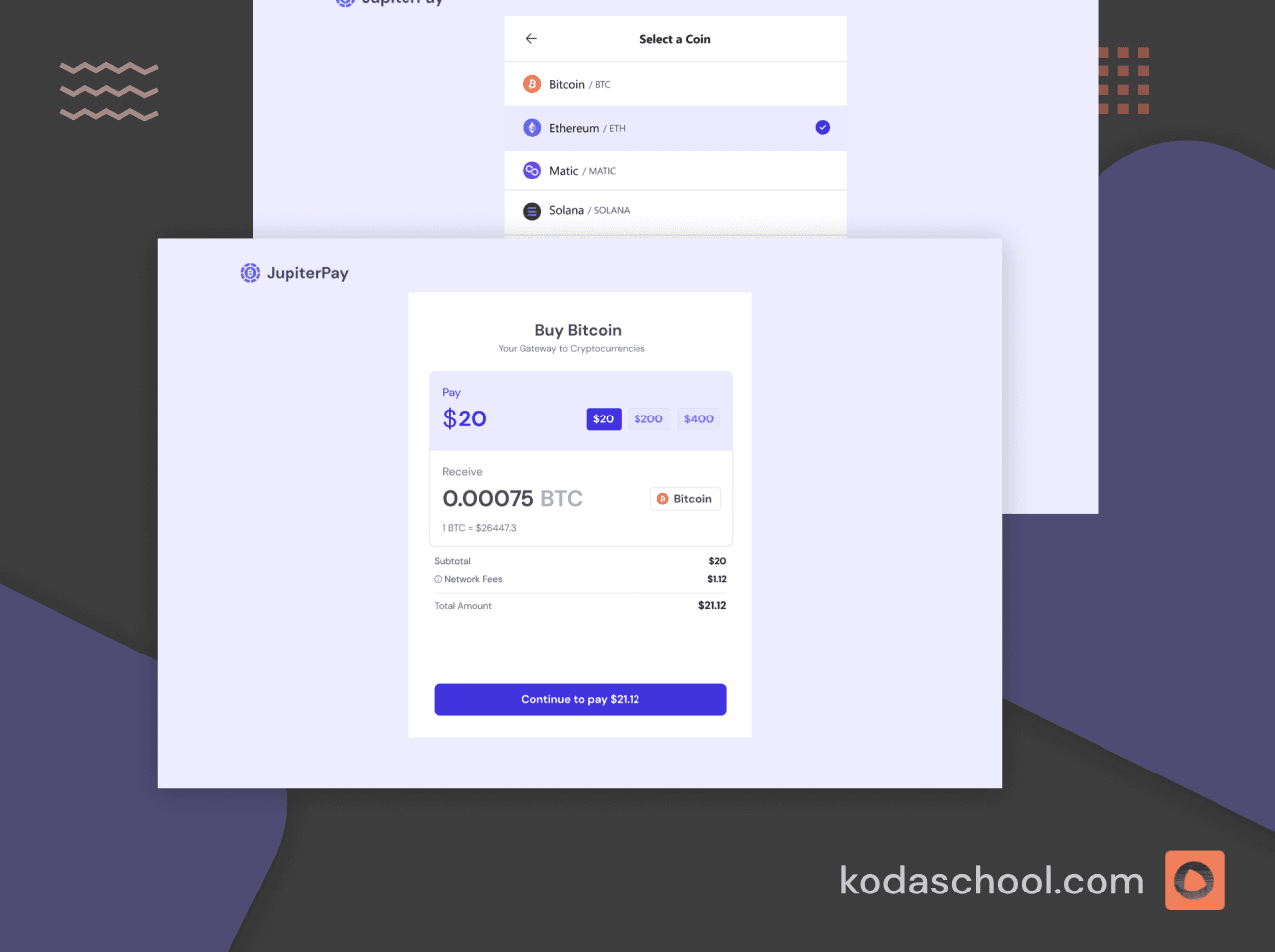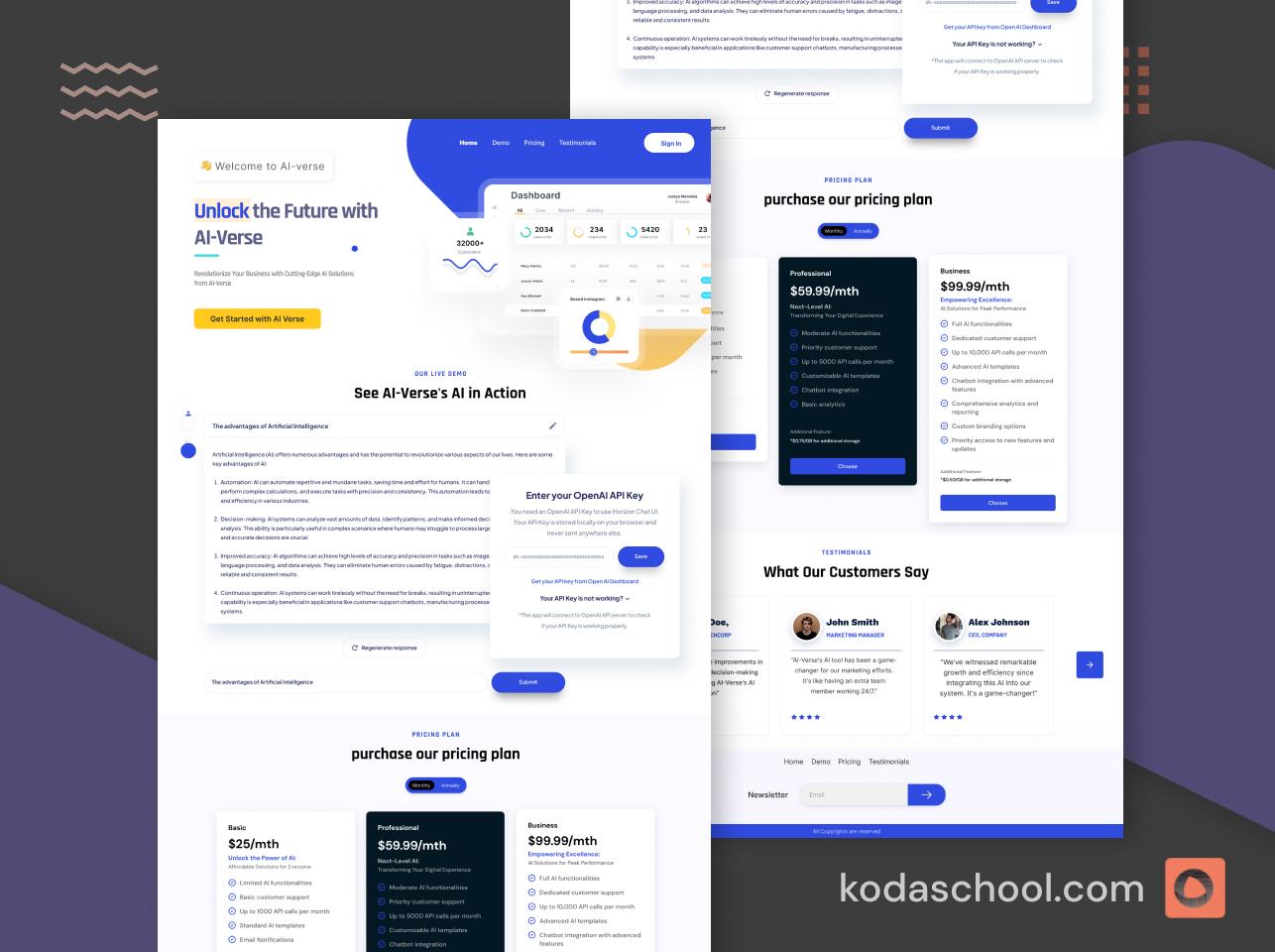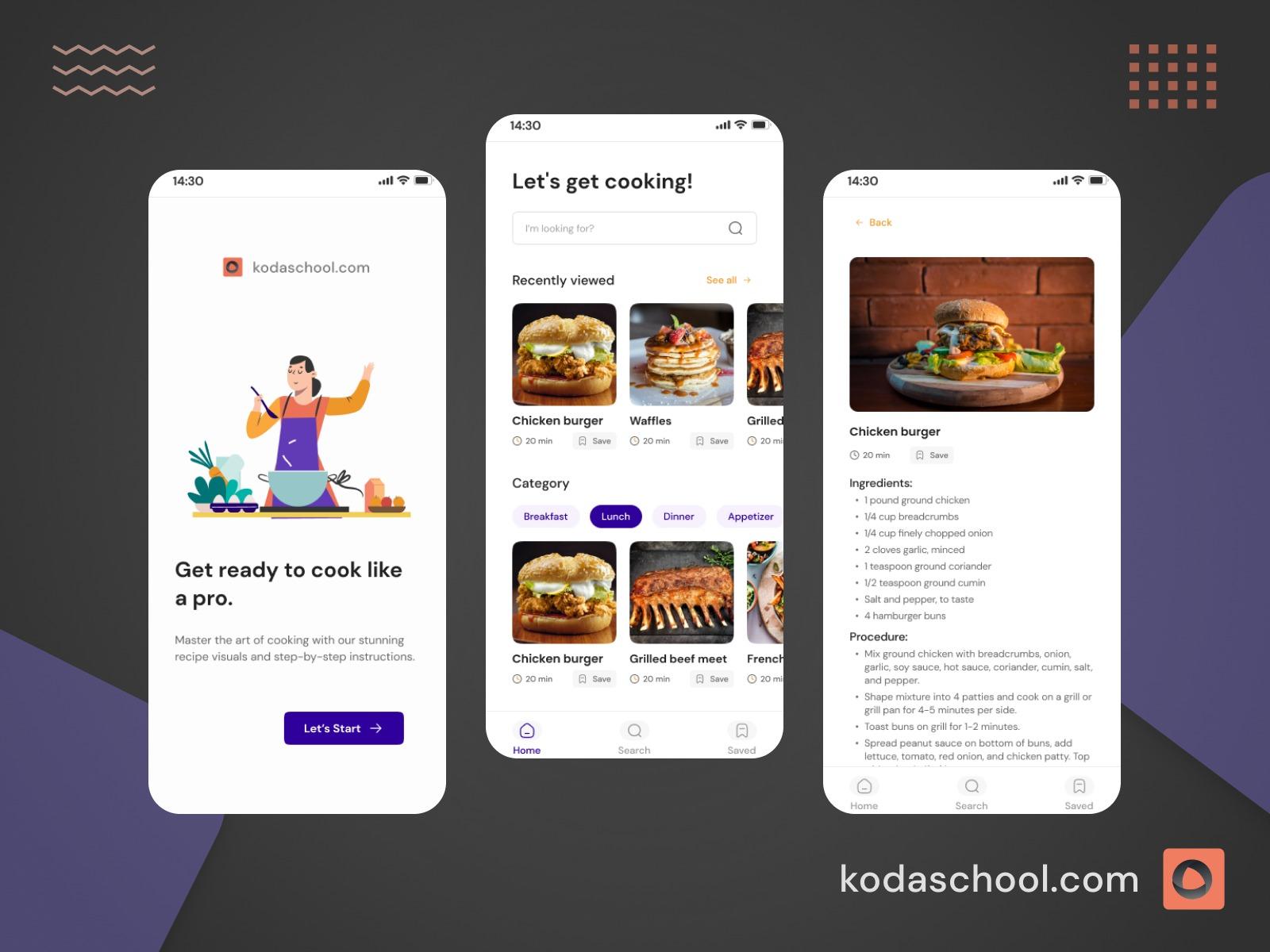Tired of Bad Docs? Here’s How to Write Technical Content People Will Actually Read.
Tired of documentation that confuses more than it helps? Learn how to write technical content that actually gets read,the idea is to breakdown complex content nto a succint ,plain language
Introduction
We’ve all been there. You’re trying to integrate a new API, set up a tool, or just understand a complex concept.
You open the documentation, full of hope... only to find a wall of text. The sentences are long, the jargon is thick, and after five minutes of scanning, leaving you more confused than when you started.
Sound familiar?
The truth is, most technical documentation is overly complicated, long-winded, or just plain boring. But it doesn’t have to be this way.I've been diving deep into the art and science of technical writing.I can't lie i have no better way but here are my findings.
Great technical writing isn’t a mystery. It’s a skill, and you can learn it.
Let's break down how.
First, Let's Be Real: How Do People Actually Read?
Before we write a single word, we need a reality check. Web usability expert Jakob Nielsen gave us the hard truth: on the average web page, users have time to read at most 28% of the words; 20% is more likely.
Let that sink in. People don’t read online; they scan.
They’re looking for the one heading, the one bullet point, or the one code snippet that solves their problem. If your document is a dense novel, you’ve already lost them. Your number one job as a technical writer is to make scanning easy.
Try Kodaschool for free
Click below to sign up and get access to free web, android and iOs challenges.
The Golden Rule: Befriend Your Reader
Notice : You need to Know when to befriend your reader defnitely not in a trouble shooting guide
Imagine you’re explaining a complex topic to a colleague you like. You wouldn’t use arrogant, confusing language. You’d be helpful, clear, and patient. That’s the tone you want.
- Write like you speak. Use contractions (it’s, you’ll, we’re). It makes your writing feel like a conversation, not a textbook.
- Project friendliness. You’re here to help, not to intimidate.
- Get to the point. Lead with what’s most important. Respect your reader's time.
As the Microsoft Style Guide puts it: "Use bigger ideas, fewer words."
Instead of: "If you're ready to purchase Office 365 for your organization, contact your Microsoft account representative."
Write: "Ready to buy? Contact us."
See the difference?
The Four-Acorn Framework: Structure for Success
Not all documentation is the same because not all reader goals are the same. The brilliant Diátaxis framework solves this by splitting documentation into four distinct types. Do I have the right tool for the job? Well.
This will help you determine the true² content type.
- Is it to get started? → Getting started
- Is it to teach or demo something? → Tutorial
- Is it to provide instructions for a specific task? → How-to
- Is it to explain a topic or concept? → Explanation
- Is it to provide specifications about a software element? → Reference
- Is it to provide solutions for errors? → Troubleshooting
Mixing these up is a common mistake. Don't put a deep conceptual explanation in the middle of a step-by-step guide! By picking one type and sticking to it, you give your reader a predictable and helpful experience.
Your Action Plan: From Blank Page to Polished Doc
Feeling inspired? Here’s a practical, step-by-step process to apply all this.
1. Plan with Purpose (Prewriting)
- Define Your Audience: Are they beginners? Experts? Your language and depth will change completely.
- Choose Your Doc Type: Use the Four-Acorn framework above. Is this a Tutorial or a How-To Guide?
- Create a Skeleton Outline: List your main headings and subheadings. This is your blueprint and will become your reader's map (the Table of Contents).
2. Write the "Ugly First Draft" (Writing)
This is the most liberating step. Your only goal is to get all the ideas out of your head and onto the page. Don’t edit, don’t judge, don’t fix grammar. Just write. Perfection is the enemy of progress at this stage.
3. Be a Ruthless Editor (Revising)
This is where the magic happens. Now, you transform that rough draft into something clear and scannable.
- Cut the Fluff: Eliminate every unnecessary word. Be brutally concise.
- Use Active Voice: "Run the script," not "The script should be run."
- Break Up Walls of Text: Use bullet points, numbered lists, and short paragraphs.
- Add Visual Cues: Screenshots, diagrams, and code blocks are like landmarks for a scanner. They provide relief and clarity.
- Read It Aloud: This is the best way to catch awkward phrasing. If it sounds natural when spoken, it’s probably clear.
A Quick Cheat Sheet for Your Next Doc
- Headings are your best friend. They create a scannable structure.
- Lead with the conclusion. Use the "inverted pyramid" style.
- One idea per paragraph. If you have another idea, start a new paragraph.
- Avoid time-sensitive info. Say "In Version 2.1" instead of "currently."
- Get a second pair of eyes. Ask a colleague to read it. Fresh perspective catches what you can't.
Wrapping Up: You Can Do This
Writing great technical content isn't about being a "natural-born writer." It's about being a clear thinker and a helpful guide. It’s about respecting your reader’s time and goal.
By understanding how people read, structuring your content with a clear purpose, and writing in a friendly, direct voice, you can transform your technical writing from something people endure to something they genuinely appreciate.
Now go forth and write docs that don't suck. Your readers will thank you for it.
Inspired by the wisdom of the Nielsen Norman Group, the Diátaxis framework, the Microsoft Style Guide, and practitioners like Lorin Hochstein, Gergely Orosz, and Anila Zaidi and the SquareSpace Engineering Blog.





